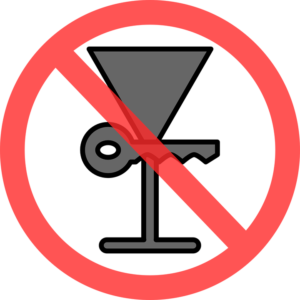 Courtesy of iii.org
Courtesy of iii.org
The FBI includes the theft or attempted theft of automobiles, trucks, buses, motorcycles, scooters, snowmobiles and other vehicles in its definition of motor vehicle theft. About $5.9 billion was lost to motor vehicle theft in 2016. The average dollar loss per theft was $7,680. Motor vehicles were stolen at a rate of 236.9 per 100,000 people in 2016, up 7.6 percent from 2015 but down 35.1 percent from 2007.
Vehicle thefts have been trending downward in the 23 years since they peaked at 1,661,738 in 1991, falling 58 percent to 699,594 in 2013, according to a 2014 report from the National Insurance Crime Bureau (NICB). As a result, 56 percent of Americans rarely or never worry that their car will be stolen, according to a 2014 Gallop poll. The NICB credits law enforcement efforts, along with the creation of specific antitheft programs, technology and insurance company-supported organizations such as the NICB for contributing to the theft reduction.
Despite the reduction in vehicle thefts over the past two decades, industry observers caution that thieves constantly devise new and sophisticated means of stealing autos. Tactics include acquiring smart keys, which eliminated hot-wiring to steal cars; switching vehicle identification numbers; and using stolen identities to secure loans for expensive vehicles. The number of vehicles stolen with the key or keyless entry device left inside by the owner climbed 22 percent in 2015 to 57,096, according to the NICB.
Motor Vehicle Theft In The United States, 2007-2016
|
Source: U.S. Department of Justice, Federal Bureau of Investigation, Uniform Crime Reports.
- Motor vehicles were stolen at a rate of 236.9 per 100,000 people in 2016, up 7.6 percent from 2015 but down 35.1 percent from 2007.
- About $5.9 billion was lost to motor vehicle theft in 2016. The average dollar loss per theft was $7,680.



